In the heart of downtown Victoria are many historical buildings, including the British Parliament, The Empress Hotel, the Gothic Christ Church Cathedral, and the Royal BC Museum. Many other historical buildings can be found throughout the city. Nearby are the Royal London Wax Museum, Victoria Bug Zoo, and Market Square which is one of Victoria’s oldest landmarks and one block south of Chinatown; a 5-10 minute stroll from the Inner Harbor, the Victoria Clipper and Coho ferries, the Parliament Buildings and the Royal British Columbia Museum. Victoria’s Chinatown is the oldest in the Northwest behind San Francisco’s.
Old Town was built between the 1860s and the 1890s. This is the oldest section of Victoria. It encompasses a number of popular shopping districts, including Market Square, Johnson Street, Chinatown, and Bastion Square. Both local and international brands are represented in Old Town as well as green companies, like Hemp & Company. Many restaurants and pubs can be found in this area. Some places are not accessible but the majority are. Usually somewhere by the water’s edge is a street performer playing the violin and dressed as Darth Vader from Stars Wars.
Victoria Public Transportation
The most common way to travel to Victoria is by boat, two of the most popular are the BC Ferries and the Clipper. After docking it’s still a good forty-five minute drive to downtown Victoria. Once you have arrived in Victoria, to get around the island you can use either the taxi service or bus system. Many areas of Victoria are relatively flat so cruising around is a possibility. Sidewalk curb cutouts were wide and made it easy to cross streets.
What to See + Do
The Empress Hotel represented old-world craftsmanship, created by talented artists, piece by piece. The intricately carved ceilings, stained glass, and furniture were all fit for Queen Victoria herself. The Empress Hotel is an iconic symbol for the city of Victoria itself and is the oldest hotel in the city. The hotel was built between 1904 and 1908 with additional wings added between 1909 and 1914, and in 1928. During these days the hotel played hostess to kings, queens, movie stars, and many famous people, so the exquisite detailing of the decor is eloquent craftsmanship and style. It is located on Government Street right across from the harbor and adjacent to the Parliament Building.
The hotel has 477 rooms, with most either overlooking the water or the hotel’s rear courtyard gardens. It has four restaurants, including The Bengal Lounge, which is decorated in Victorian-era, Colonial Indian style (when Queen Victoria was the Empress of India). In addition, the hotel has gym facilities, a whirlpool bath, and an indoor swimming pool. The hotel is well-known for its classic Edwardian afternoon tea service. During the summer months, the hotel serves tea along with tea sandwiches, fresh scones, and preserves in its ‘Tea Lobby’ to more than 800 guests and tourists. Afternoon tea is available with advanced reservations.
Recently there has been a revision to the hotel which has added a conference room as well as a new entrance. For a wheelchair traveler to view this historic hotel, one must enter the hotel from this new entrance that is to the far left of the original one. Once inside take the ramp past the lobby to reach the elevator that will allow you to explore the original parts of the Empress Hotel. To the right of the original entrance is a ramp but you won’t get too far due to stairs.
Also located in the hotel is Miniature World, which is on the left side of the hotel and can only be accessed on the perimeter of the hotel versus navigating through the inside of it. There are quite a few other businesses situated on the premises too. Five Star Whale Watching is next to us on Humboldt Street along with Snappy Photo. Jade Jewellery and Liberty Coffee Shop are on Douglas Street.
Miniature World turned out to be right around the corner from the Empress Hotel, so I raced over there hoping to catch it still open, and it was. There were two people at the desk when I came in, “Is this the place with the tiny monkeys the size of a thumb?” They both looked at me then each other then back at me, “huh?” they both said in unison. I explained how I vacationed in Victoria with my family when I was about 10 and what I remembered. The manager’s eyes lit up and told me how she had been living here for about 10 years and a few years back the monkey exhibit was removed. Where all the monkeys went, she didn’t know. Just like that my monkey dreams turned into fairy dust and vanished but I remained tickled that I had seen them at all. (Later my sister told me that they were called pygmy marmoset monkeys after the French word marmoset, which means shrimp, or dwarf.) “Okay, so what is Miniature World?”
Miniature World is the greatest little show on earth. Miniature World has over 80 different dioramas and each one is carved and painted by hand. The dioramas feature both fantasy and fiction and are created with the most exquisite detail. Some displays had thousands of pieces. There are old towns with the Canadian railway circulating it, modern ones like London and even the Swiss Family Robinson. One diorama was a fantasy land of some of the most famous castles in Europe. Miniature World also proudly features two of the largest doll houses circa 1880 and a grand circus display.
Many of the dioramas have moving parts, light effects and even sound; some also have commentary provided. The whole museum is on one floor with wide enough isles for most wheelchairs. At the ticket counter, there is an accessible gate for a wheelchair to enter the museum. Miniature World is located in the Empress Hotel. The hotel offers several handicapped public washroom facilities but none are located within the Miniature World exhibit area.
During the busiest season between May and September, the museum is open from 9 am to 9 pm but closes at 5 pm the rest of the year. Admission into the museum in 2011 started at $12.00 for adults and there were special rates for a family of 4 or more and CAA/AAA members.
With a little more time before dinner, I headed to the Royal B.C. Museum where the natural and human history of British Columbia was displayed. There is also an IMAX National Geographic Theater. I had a little over an hour before the museum would close so in wheelchair-racing fashion I sped around the various exhibits. Parts of the museum unfolded to me like a flashback. I came here when I was about ten years old and remember how exciting it was to explore every corner because each diorama was completely different.
The Royal BC Museum is a world-renowned museum displaying more than 7 million artifacts, specimens, and archival records. It’s located right along the water next to the Parliament building and across the Empress Hotel. Wheelchair accessible restrooms, drinking fountains, and elevators are available for the disabled on every floor. There is also a National Geographic IMAX Theater with a screen that is 24 meters (81 feet) wide and 6 stories high. Admission is separate but if you know ahead of time that you would like to see something there is a discount when you combine the theater with the museum.
On the first floor there are no exhibits, only places to eat and shop. When you purchase your ticket you are given a card that activates the elevator on the ground floor but is not needed once you are on the second and third floors. The Royal BC Museum is essentially made up of two parts: the Natural History Gallery and the Human History Gallery, both focusing on the Northwest region.
The second floor is the Natural History Gallery. To the left of the elevator is a large room where the current featured exhibit is. The rest of the museum’s permanent collection displays the history of animals native to this area and their habitats, starting with the ice age and the mammoth and also covering ecosystems of the coastal forest. Some of the exhibits are set up as dioramas to make you feel like you are in that environment. Throughout the 2nd floor of the museum were tons of preserved specimens on display, everything from a bald eagle to a large squid.
Going up to the third floor will put you in the Human History Gallery featuring all the different peoples who have called this land home. Much of this is dedicated to the indigenous people who lived here for generations before modern times. One starts pretty much at the “First People’s Gallery” where a chair lift takes you up the few stairs and into a life-like pit-house then around to a collection of totem poles, through another house, and past Haida Argillite carvings. Then the displays transition to modern times where you are placed in an old gold mining town, a pioneer watermill, or a merchant vessel.
While I was learning about the trials, tribulations, and accomplishments of mankind in this part of the world I came across a very interesting article. A paraplegic Canadian man by the name of Rick Hansen started in March 1985 on an epic travel adventure for a straight 26 months visiting 34 countries to raise money and awareness for spinal cord injuries. He returned to his home in Vancouver on May 22, 1987, after raising $26 million for spinal cord research and quality of life initiatives. I was moved to the core. Rick Hansen is one of the pioneers of wheelchair traveling.
The sun was already gone and its light was slowly sinking beneath the water. My eyes burned from exhaustion and decided to call it a day. The cruise back to the hotel was easy until the last 100 feet, which is up a small hill. With the last remaining bits of energy, I slowly crawled up the hill to the hotel lobby. The Queen Victoria Hotel & Suites was an older building but accessible enough for one night. There was no roll-in shower but the bathroom was pretty big with a roll-under sink and an adjustable grab bar, bench, and hand-held shower nozzle. The next day I would go and see the Butterfly Garden.
The Victoria Butterfly Gardens offers an entirely indoor ‘tropical’ garden experience where more than 3,000 butterflies float all around you for you to enjoy. Observe the entire life cycle of the butterfly from caterpillar to cocoon to its final transformation. 75 species of butterflies from around the world are represented along with over 200 species of orchids and thousands of tropical plants, including foods of the world and carnivorous plant displays. Exotic birds from around the globe complement the garden such as ‘Spike’ the Peruvian Puna Ibis, ‘Leo’ the Orange Winged Amazon Parrot, and Mango & Houdini the glorious Caribbean flamingos. The dramatic South African Crested Turacos and tiny button quail can be found in the undergrowth. In the center of the garden is a small pond with unusual tropical ducks and colorful, giant koi fish, like the Butterfly Kio and Gin Rins.
The garden space itself is not that big, so getting around it is easy for a wheelchair traveler and there are a number of areas to sit and take pleasure in your surroundings. To enhance your visit, guided tours run at 11 am, 1 pm, and 3 pm daily. These tours are a great way to learn about many of the wonderful but less obvious features of the gardens. Inside are accessible restrooms. After purchasing a ticket one must go through double doors to reach the doors to Butterfly Gardens. These doors are not automatic for the safety and security of the butterflies, so if you need assistance opening them ask the person at the ticket counter.
“Butterflies …flowers that fly and all but sing” (Robert Frost). I couldn’t wait to get inside. So there I was chasing colorful butterflies around in a childlike daze, delighted by every movement. I tucked myself in many of the coves throughout the garden for different views. For a good amount of time, I focused on getting a photo of this metallic blue butterfly, which I never got. Every single one of them busily rushed around the garden and never stopped close enough for me to get a good shot. I got plenty of photos of many others though, around 200. About an hour and a half went by being with the little fliers, soaking up all their delicate gestures when I decided I needed to head back into town.
More To-Do
Between the Butchart Gardens and the Butterfly Gardens, it’s no wonder why Victoria has been nicknamed the “City of Gardens.” The city has other beautiful gardens and surprises too. The Pacific Undersea Gardens showcases the marine life of British Columbia. Beacon Hill Park is the central city’s main urban green space. Its area of 75 hectares (185 acres) adjacent to Victoria’s southern shore includes numerous playing fields, manicured gardens, exotic species of plants and animals such as wild peacocks, a petting zoo, and views of the city.
Also right next to the Royal BC Museum is Thunderbird Park which features totem poles and monuments of the First Nations people. The seaside walkway called the Westsong Path that becomes West Bay extends from downtown Victoria along the shore of the Inner Harbor all the way to West Bay Marina. The walkway is mostly level and is paved so it is wheelchair accessible. While the walkway is never crowded it is used extensively by walkers and joggers. It winds along the Victoria Harbor for about 2.725 kilometers (1.7 miles) and offers many opportunities to rest or take photos.
Last updated on September 10, 2025

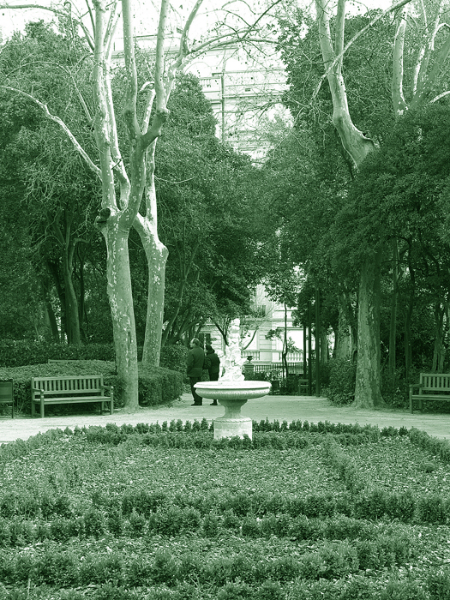

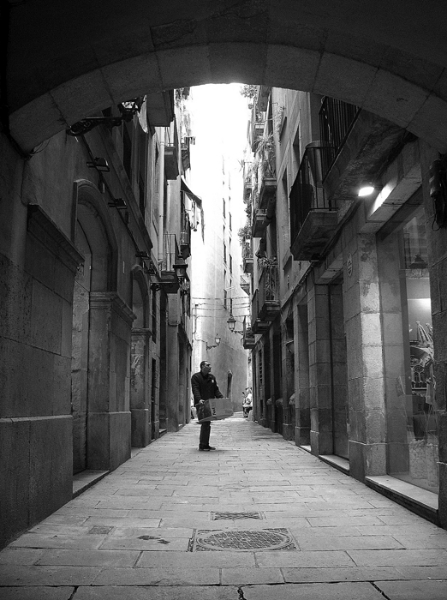
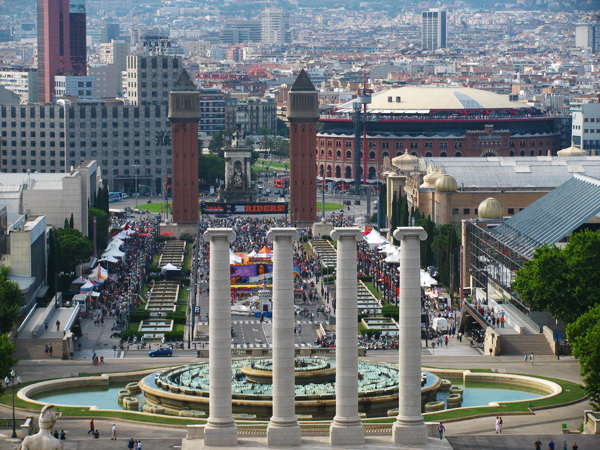
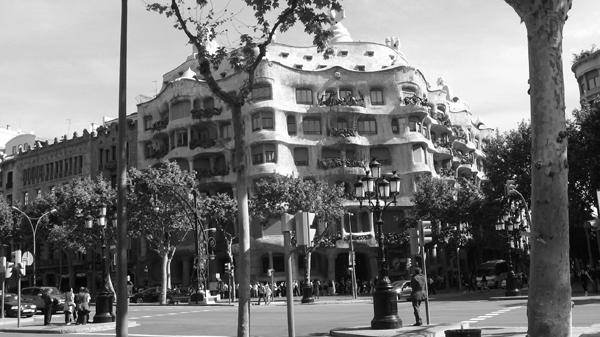






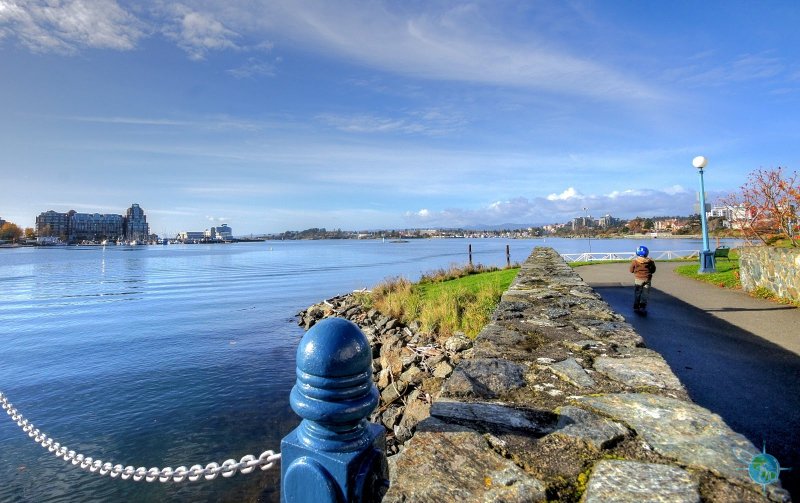
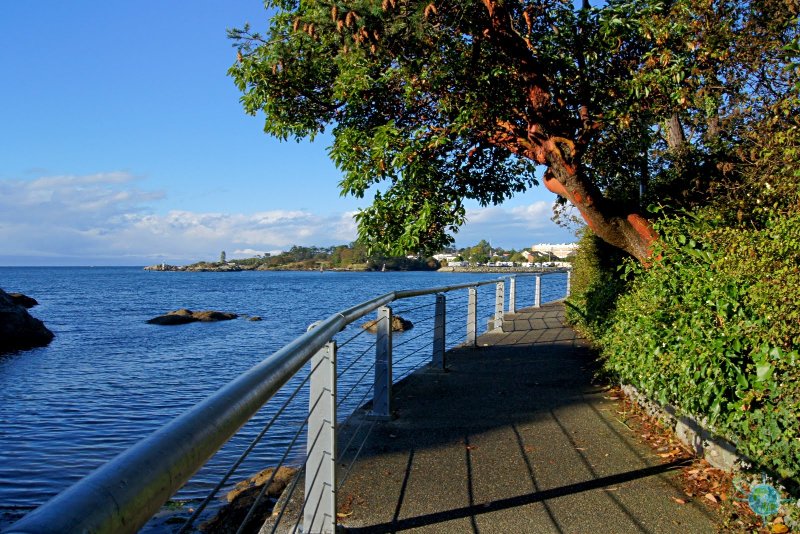
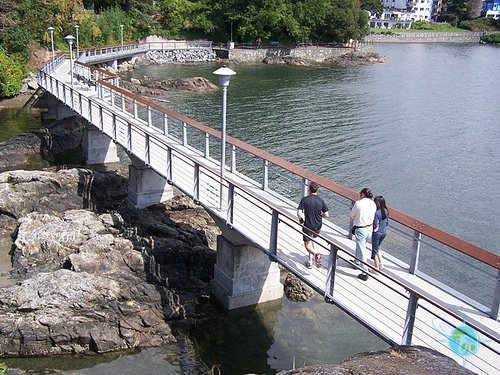



















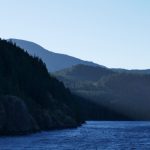

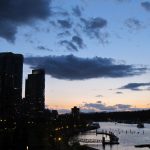




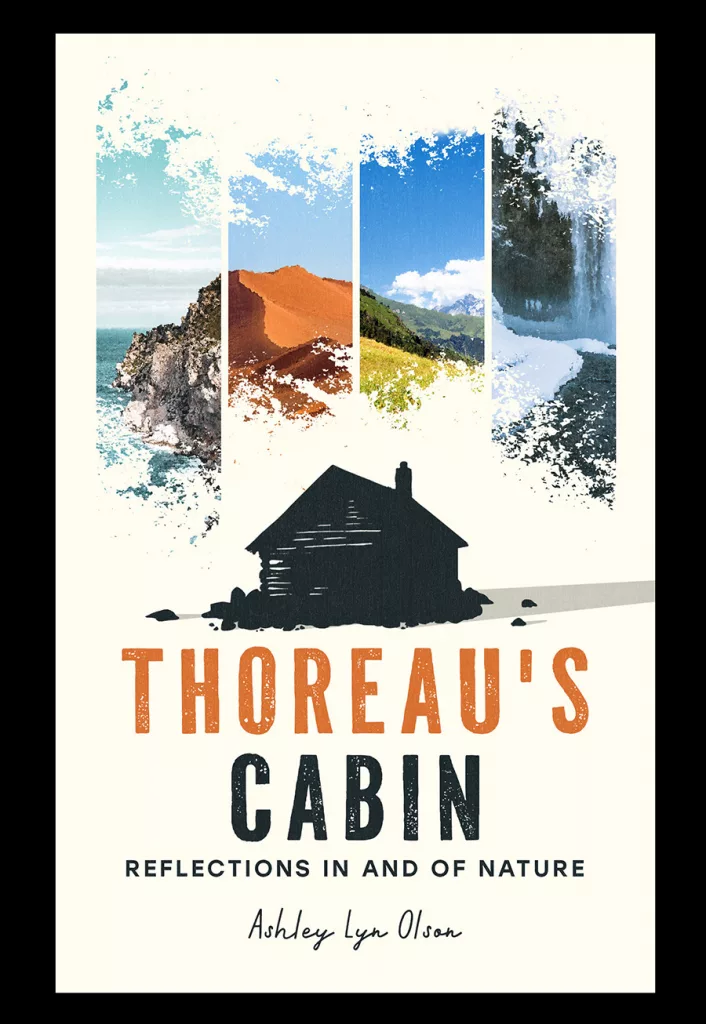

Victoria B.C. Canada Guide: If you are going to Victoria and want to research it, for its weather, attractions, history or much more – this is the website to look at. During your visit you will find that Victoria British Columbia is one of the loveliest spots on earth to live in or to vacation in.